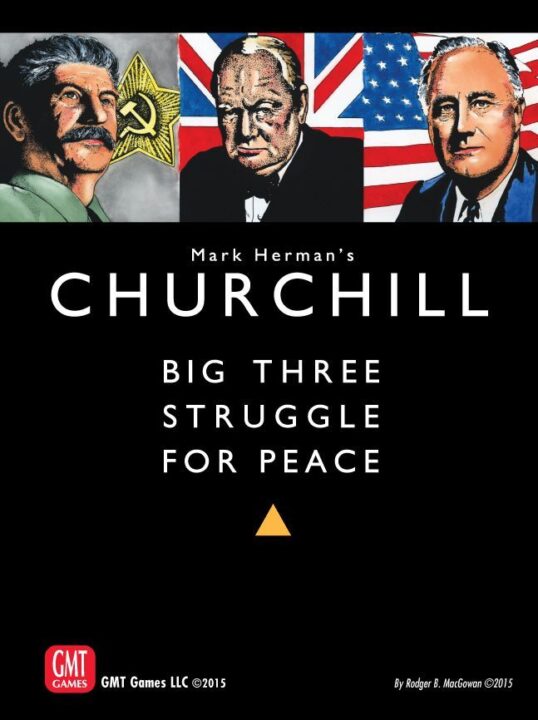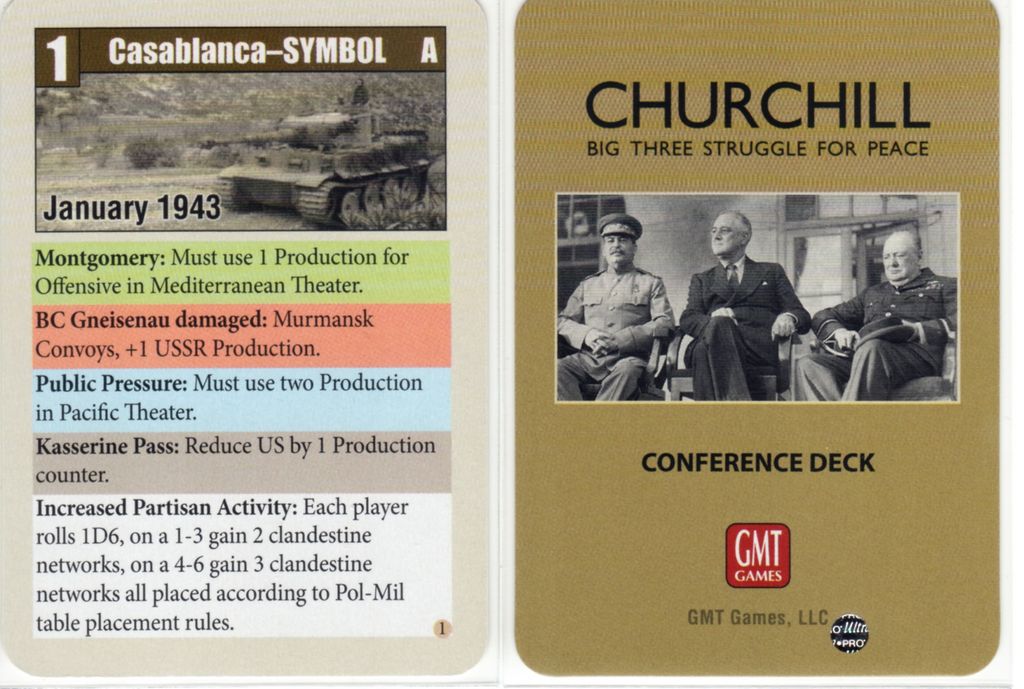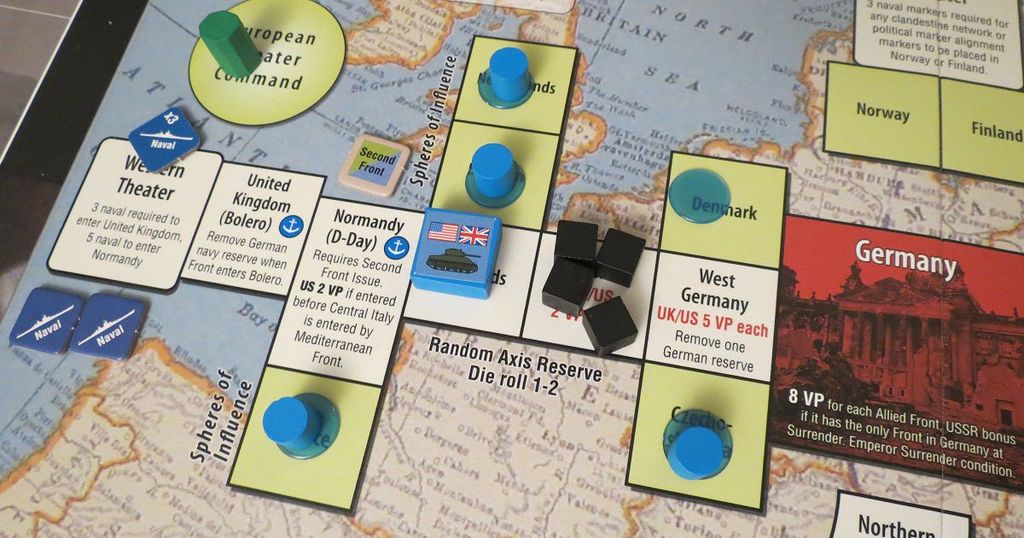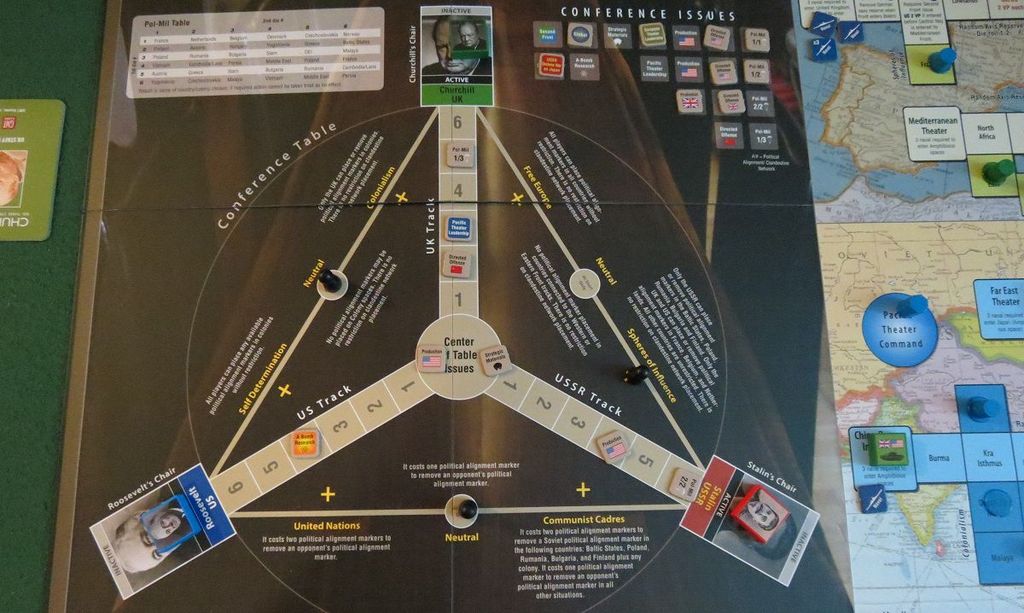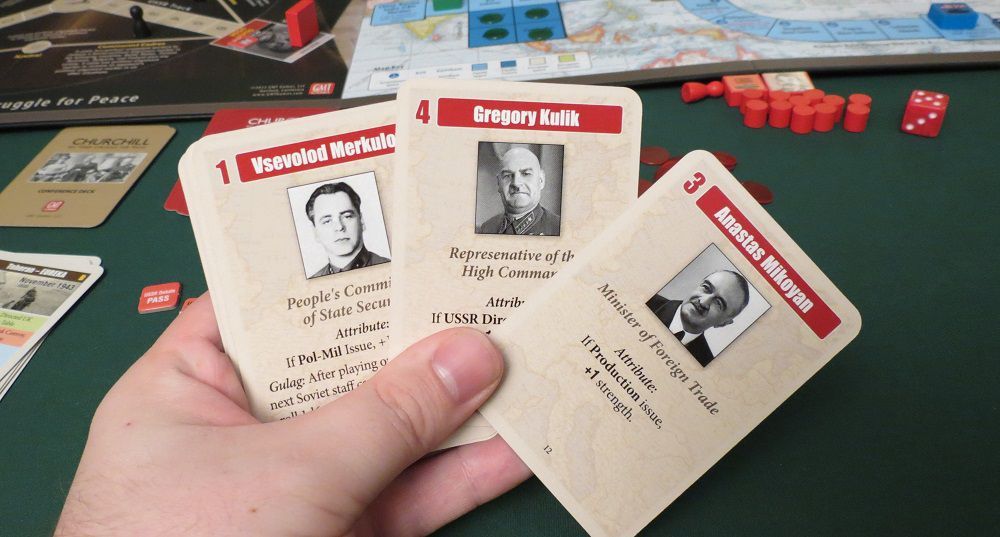Overview
Roll out the map, pour yourself a cup of something strong, and get ready to step into the shoes of world leaders during the tense times of World War II. This is a review of the board game Churchill, a strategic deep dive into the alliances, negotiations, and decisions that shaped the outcome of the war. Here, we’ll explore how it’s not just a game, but a journey through history, where your wits, diplomacy, and strategy will be put to the test.
How It Plays
Get ready to step into the shoes of Winston Churchill, Franklin D. Roosevelt, and Joseph Stalin as we guide you through setting up the board, diving into gameplay, and ultimately winning the game of ‘Churchill’. It’s not just a game; it’s a journey back to the strategic tables of World War II.
Setting Up
First things first, spread out that game board – it’s your wartime map. Each player picks a leader: Churchill, Roosevelt, or Stalin. You’ll get decks of cards and pieces that match your leader’s color. Place the agenda and issue markers in their starting positions, and don’t forget to shuffle the decks. This setup mimics the planning phase of real historical conferences.
Gameplay
Gameplay in Churchill is a blend of strategy, negotiation, and subtle backstabbing. You’ll debate over issues by playing cards to influence outcomes that benefit your nation’s post-war goals. But here’s the kicker: while you want to win, if one player gets too far ahead, all players can lose – it’s like keeping a balance so no one tips the scales of power too much. Managing your political capital and navigating alliances are key.
Winning the Game
To win in Churchill, you don’t just need the most points. Instead, victory is about balancing your power. If at the end of the game, one player is way ahead of others, that player is considered to have dominated too much, risking a collective loss. The winner is the player who manages to balance their influence across the board, securing a stable and influential position in the post-war world without overshadowing their allies too much.
Want to know more? Read our extensive strategy guide for Churchill.
Mastering Strategy and Decision Making in Churchill
When it comes to Churchill, the depth of strategy and critical decision-making can’t be understated. This isn’t your run-of-the-mill board game where luck throws you a bone now and then. Oh no, in Churchill, it’s all about smart planning and even smarter execution. You’re constantly faced with choices that feel like you’re walking a tightrope over a strategy canyon. Do you focus on advancing your political agenda, or do you throw resources into the war effort? Maybe a bit of both? Each decision you make has ripples that affect not just your game but also your opponents’.
The beauty of Churchill is in how it balances complex strategic depth with accessible decision-making. You don’t need to be a grandmaster strategist to enjoy it. But, be ready to think two steps ahead and adapt your plans on the fly. The thrill of outmaneuvering your friends with a well-timed decision is unmatched.
Now, if you think the strategy part is cool, wait till you hear about how Churchill nails historical accuracy and theme integration.
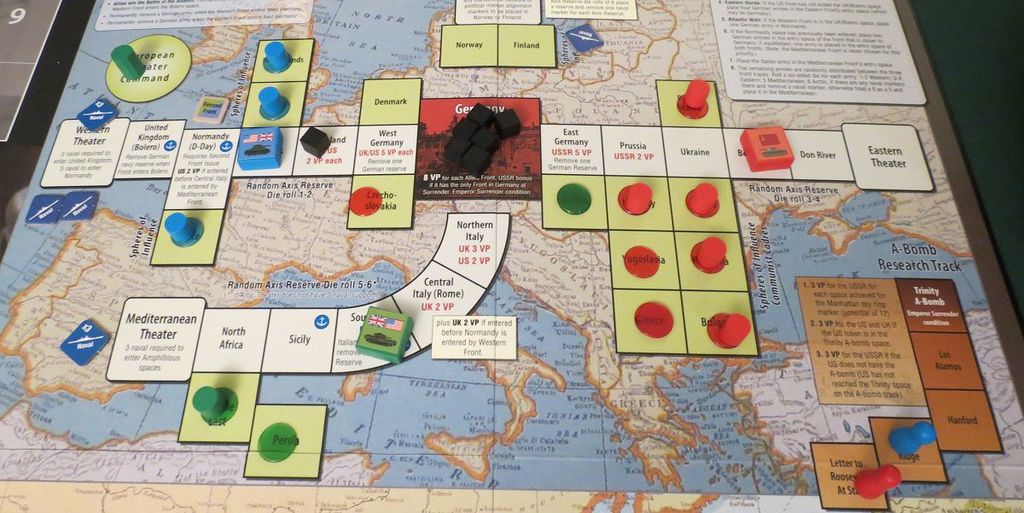
Historical Accuracy and Theme Integration in Churchill
When you sit down to play Churchill, you’re not just moving pieces around a board; you’re stepping into the shoes of one of history’s most significant leaders. The game does a stellar job of weaving historical accuracy with tight theme integration. You’ll find yourself making decisions that align closely with the strategic dilemmas faced by Churchill and his counterparts during World War II. From forming alliances to making tough calls on military campaigns, every move feels like it’s pulled straight from the pages of a history book.
But Churchill isn’t just about the big man himself. It brilliantly captures the essence of the era, including the tense negotiations and the push-and-pull between the Allied leaders. The attention to detail is commendable, making players appreciate the complexity of wartime leadership and strategy. It’s a game that educates as much as it entertains, offering a rich, immersive experience that honors the past.
Next, let’s see how these historical themes play out in the realm of player interaction and diplomacy dynamics.
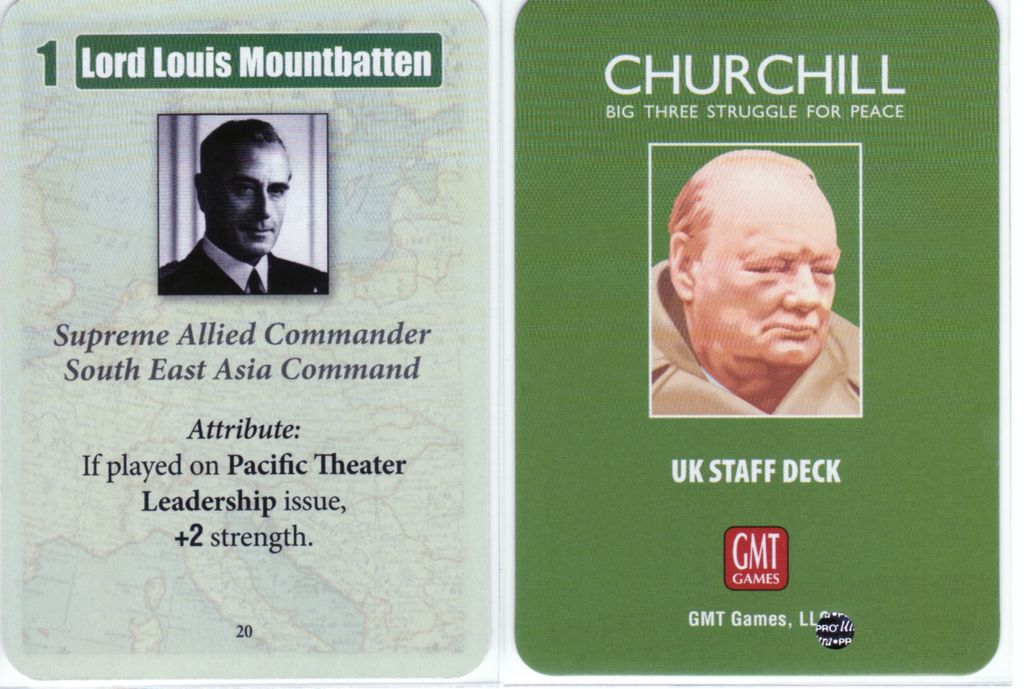
Mastering Diplomacy in Churchill: A Critical Review
When it comes to player interaction, Churchill stands out for its innovative approach to diplomacy dynamics. The game cleverly simulates the delicate balance of power during WWII, requiring players to negotiate, form alliances, and sometimes betray their counterparts to win. This aspect of the game does not only test your strategic mind but also your ability to persuade and read other players. In every session, you’re thrust into a world where words are as powerful as armies, making each decision critically impactful. The ability to influence others, trade resources, and negotiate treaties adds a rich layer of depth, transforming the board into a battlefield of wits and cunning.
The game brilliantly encapsulates the essence of Churchill, Roosevelt, and Stalin’s interactions, providing a thrilling experience that keeps you on your toes. As you dive deeper into the game’s political intrigue, remember that every action has consequences. This constant push and pull create a captivating experience that mirrors the complex nature of wartime leadership.
Up next, we’ll see how these intense negotiations affect Game Length and Replayability.
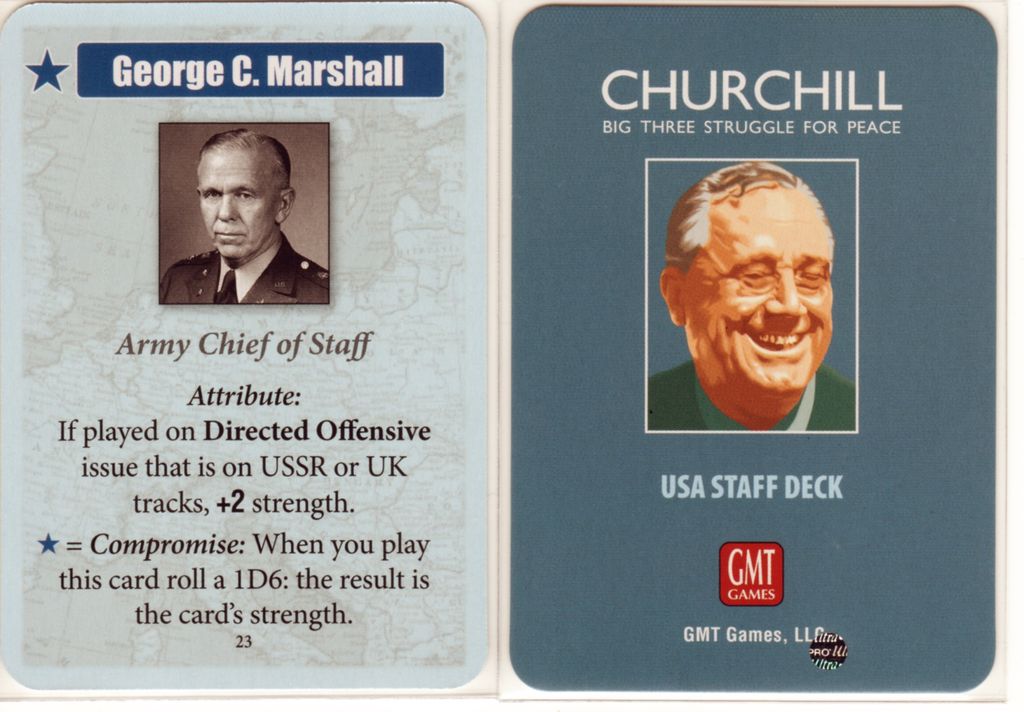
Discover Endless Fun with Churchill: A Look at Game Length and Replayability
When it comes to Churchill, you’re not just in for a quick round. This game tests your endurance and strategy over several hours. Yes, you heard that right. A full game can span anywhere from 2 to 4 hours, depending on how much you and your friends get into the nitty-gritty of negotiation and planning. But don’t let the length scare you off. Every minute is packed with tense decisions and historical what-ifs that’ll have you on the edge of your seat.
Will You Play Churchill Again?
Absolutely! Despite its daunting length, Churchill is surprisingly replayable. The game’s design allows for different outcomes based on your decisions, making each playthrough feel fresh. You might think you’ve got the best strategy down, but throw in new players or just the whims of fate, and you’re in for a whole new game.
In conclusion, I definitely recommend Churchill if you love deep strategy games and don’t mind investing a few hours. The replay value is high, and the experience is unmatched.
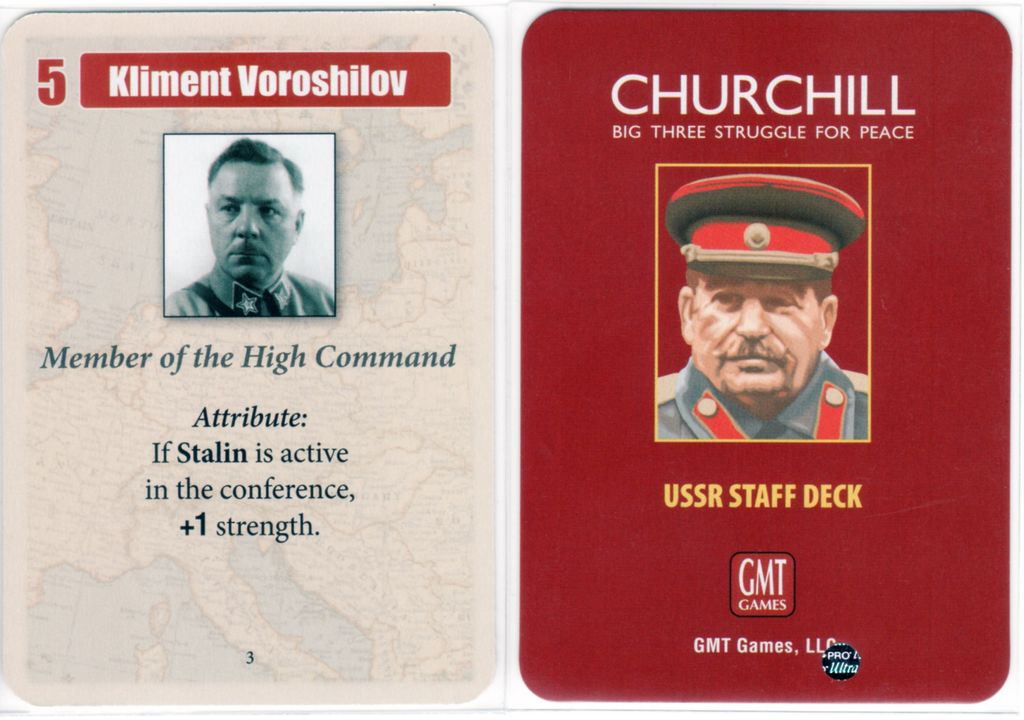
Conclusion
Wrapping up, Churchill stands out as a deep, engaging board game that blends strategic decision-making with historical immersion. Its focus on diplomacy and player negotiation offers a fresh take on WWII, challenging players to think like leaders. Despite its length, the game keeps you hooked, offering immense replay value. Whether you’re a strategy buff or a history enthusiast, Churchill provides a rich, rewarding experience. It’s not just about winning; it’s about mastering the art of negotiation and influence. So, if you’re looking for a game that tests your strategic mind and diplomatic skills, Churchill is a solid choice. Happy gaming!

